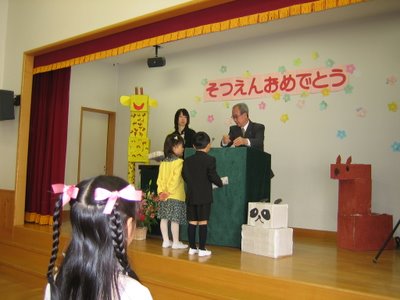MongoLiaison
MONGOLIA
A land of fluid green hills spotted with wild horses and shadowed by the puffy cumulous clouds lounging in the big, blue sky like pale tourists tubing down a lazy river. Is that Mongolia?
Home of an expired empire, more Khans walking the street than after a prison-break, and a feeling that you might be challenged to a wrestling match or boulder-throwing contest at any moment. Is that Mongolia?
A place where mutton and mare's milk is a common meal, where the Russian West meets the Oriental East, and the dust of an old communist state is still being swept up. Is that Mongolia?
I am completely, utterly unsure. That is what draws me to it. And that is one reason why I am going there.
Yes, I am going to Mongolia, along with a group of English teachers in Japan. We are volunteering to build houses for Habitat for Humanity (HFH) from April 29-May 10. If you want to learn more about HFH, click here. If you are interested in donating to this cause, check out the comments section at the end of this post. It is time to smell some sawdust and have black dirt lining my fingernails.
Approximately 2.8 million people live in Mongolia, and about a third of those live in the capital city of Ulaan Baatar. 28 million livestock call Mongolia home....meaning there are 10 times as many farm animals as humans--I hope they don't get any hints from George Orwell. Mongolia has one of the lowest poplulation densities in the world, with about 1.5 persons per square kilometer. Compare that with Bangladesh which has nearly 1000 people per square kilometer!
Anyway, I look forward to a good trip and I will be sure to post about it when I come back.
.jpg)














